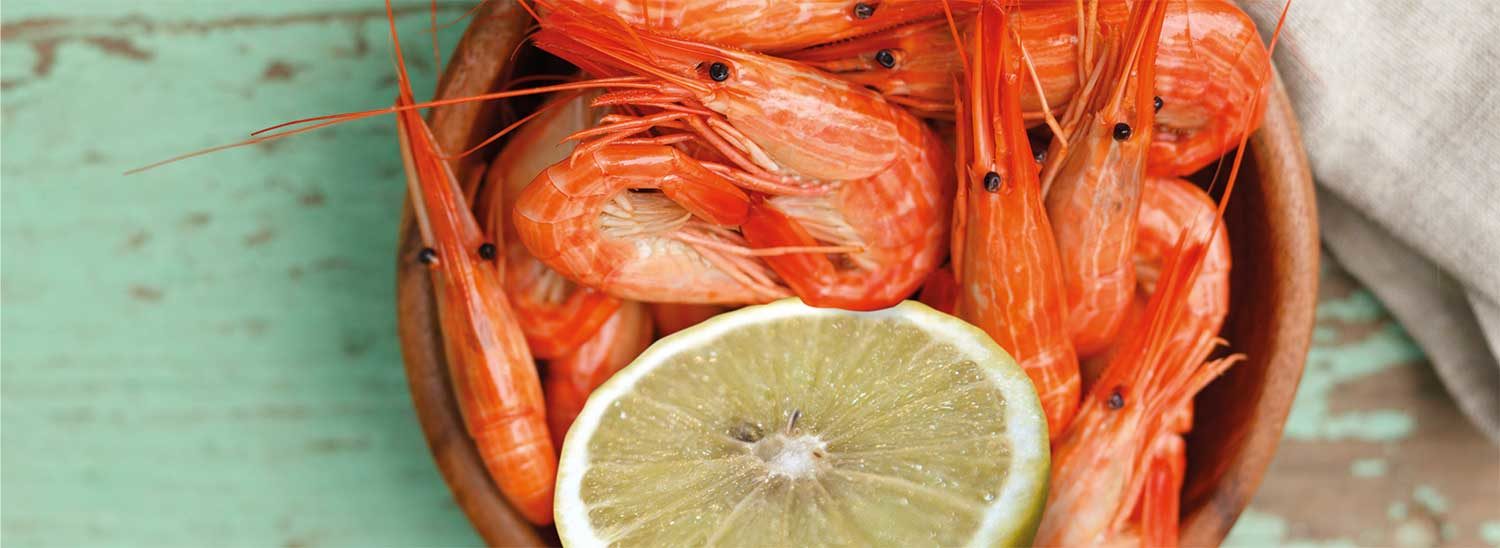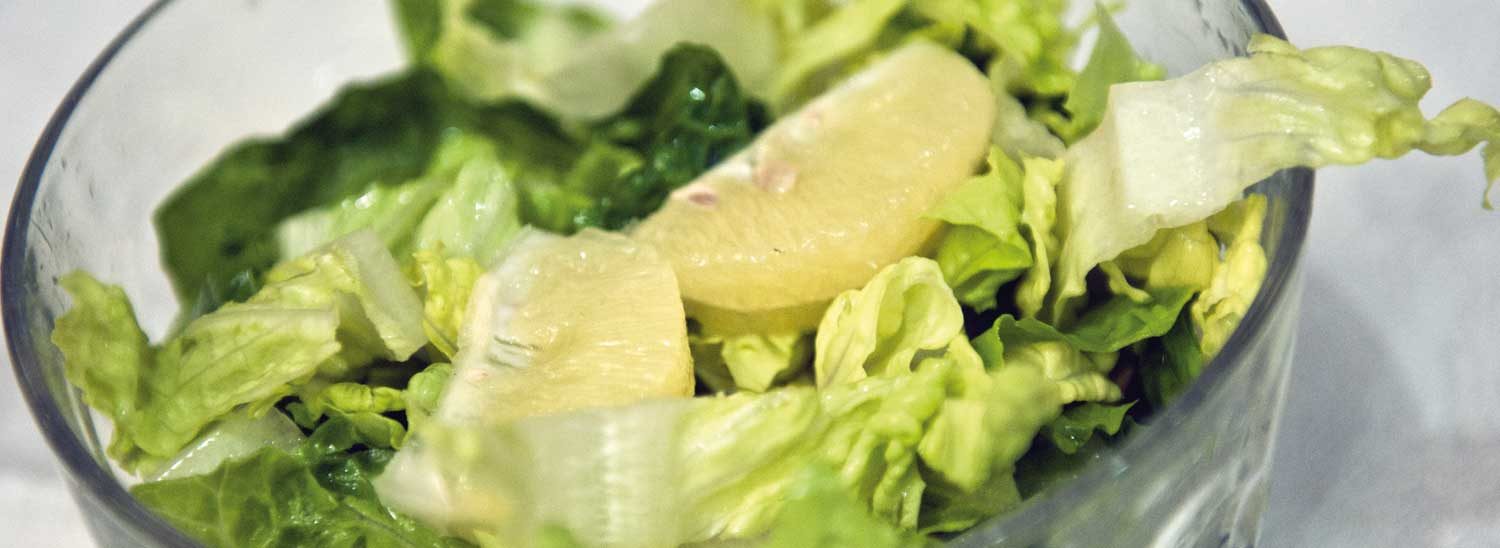A complete re-evaluation of this citrus fruit came with the advent of modern cooking styles, which discovered the delights of combining sweet and sour. In fact, the flavour of the Bergamot is perfect when used to lighten or offset the rather heavy taste of some traditional recipes, and often reveals its quite exceptional qualities when tried in new and delicious combinations. There are very many examples: the delectable “sardella” caviar, which is perfect with a few drops of Bergamot; the “Nduja” sausage flavoured with Bergamot, making it so pleasant and light; the “neonata” (small fried fish); and the “tortino di alici gratinate” (anchovy cake au gratin), where the addition of Bergamot helps to soften the slightly bitter taste. As previously mentioned, the astringency of this fruit helps to add contrast to rather sweet-tasting foods, and so can be very successfully combined with shellfish, lobsters, mantis shrimps, scampi and prawns. In addition, its aroma can help to soften the rather strong flavours of various types of game, such as wild boar, hare, or pigeons. For those interested in reinterpreting classic recipes, a very good example is duck cooked with Bergamot, where the citrus fruit from Reggio provides an excellent alternative to the more traditional orange. In general, Bergamot can be used successfully in any recipe which requires some form of citrus fruit, such as veal escalope, pork, roast chicken, or baked fish. It is also worth mentioning that the acidic qualities of Bergamot juice make it ideal for dressing salads or flavouring various sauces. The current availability of Bergamot-flavoured extra-virgin olive oil means that this unique flavouring can now be used quickly and easily: just one drop is sufficient to add a delicate taste and aroma to many different dishes.
Contatti & Indirizzi
Via Rodinò, 11 • 89030 Condofuri
Reggio Calabria (Italy)
Tel e Fax +39 0965 062753
Cell. +39 335 8322313
info@consorziodituteladelbergamotto.it www.consorziodituteladelbergamotto.it
Reggio Calabria (Italy)
Tel e Fax +39 0965 062753
Cell. +39 335 8322313
info@consorziodituteladelbergamotto.it www.consorziodituteladelbergamotto.it



